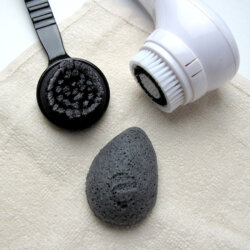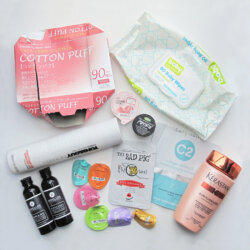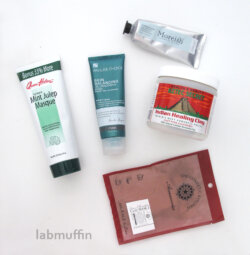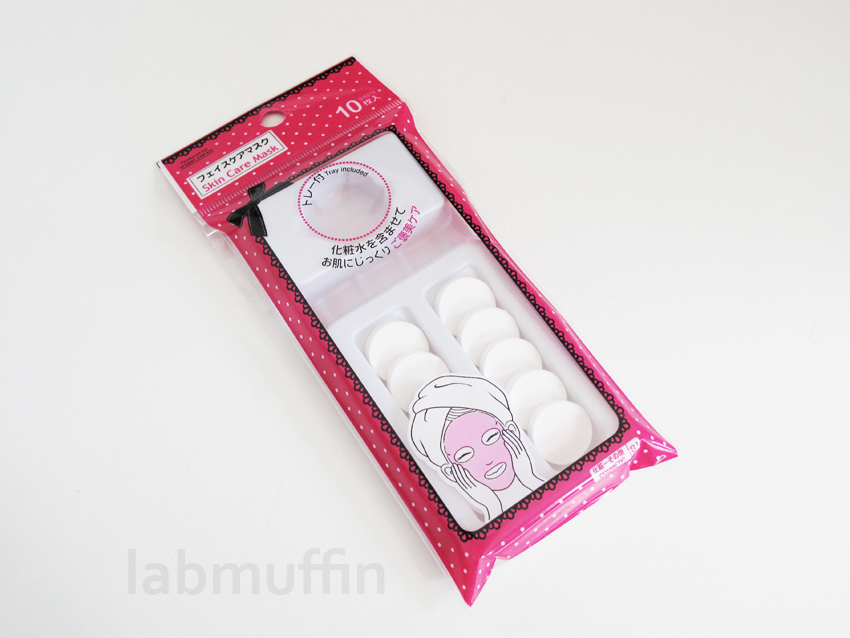Daiso Silicone Sheet Mask Review
My skin gets dehydrated in winter despite my best efforts to gently cleanse and exfoliate it, so I’ve been using hydrating masks (both sheet and not) to try to boost the moisture levels. I came across this nifty silicone sheet mask tool at Daiso and knew I had to get one! The Daiso Silicone Mask is essentially a silicone sheet …






